What are Perpetual Futures? A Comprehensive Guide to How They Work and the Principles Behind Them
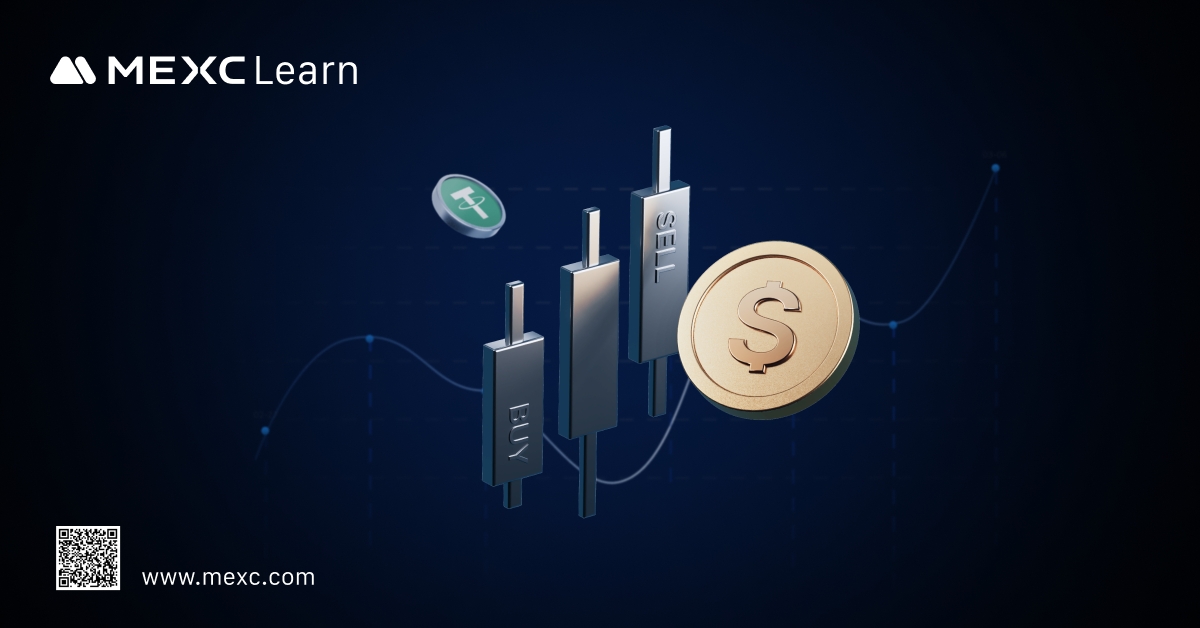
1. What Are Perpetual Futures?
1.1 Perpetual Futures vs. Traditional Futures
Characteristic | Perpetual Futures | Traditional Futures |
Expiration Date | None | Yes (e.g., quarterly settlement) |
Price Anchoring | Funding rate mechanism | Natural convergence at expiry |
Closing Restrictions | Positions can be closed anytime, supports long-term holding | Auto-settlement or forced close at expiry |
Typical Use Cases | High-frequency trading, short hedging, arbitrage | Speculation, hedging, institutional risk management |
2. How Perpetual Futures Work: 3 Core Mechanisms
2.1 No Expiry Date: Flexible Position Holding
2.2 Settlement Mechanism: How is PNL Calculated?
2.3 Funding Rate Mechanism: Why Don't Perpetual Prices Diverge from Spot?
2.3.1 How the Funding Rate Works:
- Positive Funding Rate: Longs pay shorts
- Negative Funding Rate: Shorts pay longs
- Settlement Frequency: Every 8 hours
- Note: Exchanges do not collect funding fees. They are directly settled between traders.
- At the next funding interval, you will pay 0.1 USDT to short holders (1,000 × 0.01%).
- If you close your position before the funding time, you will not be charged.
2.3.2 Why is the Funding Rate Important for Traders?
3. Advantages of MEXC Perpetual Futures
Advantage Aspect | Description |
Flexible Leverage Options | Supports both low and high leverage, allowing users to adjust risk exposure freely |
Diverse Token Support | Offers 1200+ trading pairs including BTC, ETH, SOL, DOGE, and more |
Ultra-Fast Matching Engine | MEXC's engine can process millions of orders per second, ensuring smooth high-frequency trading |
Robust Risk Management | Includes partial liquidation, liquidation alerts, and automatic deleveraging protection |
Comprehensive Educational Resources | Provides beginner tutorials, demo trading, and strategy tool support |
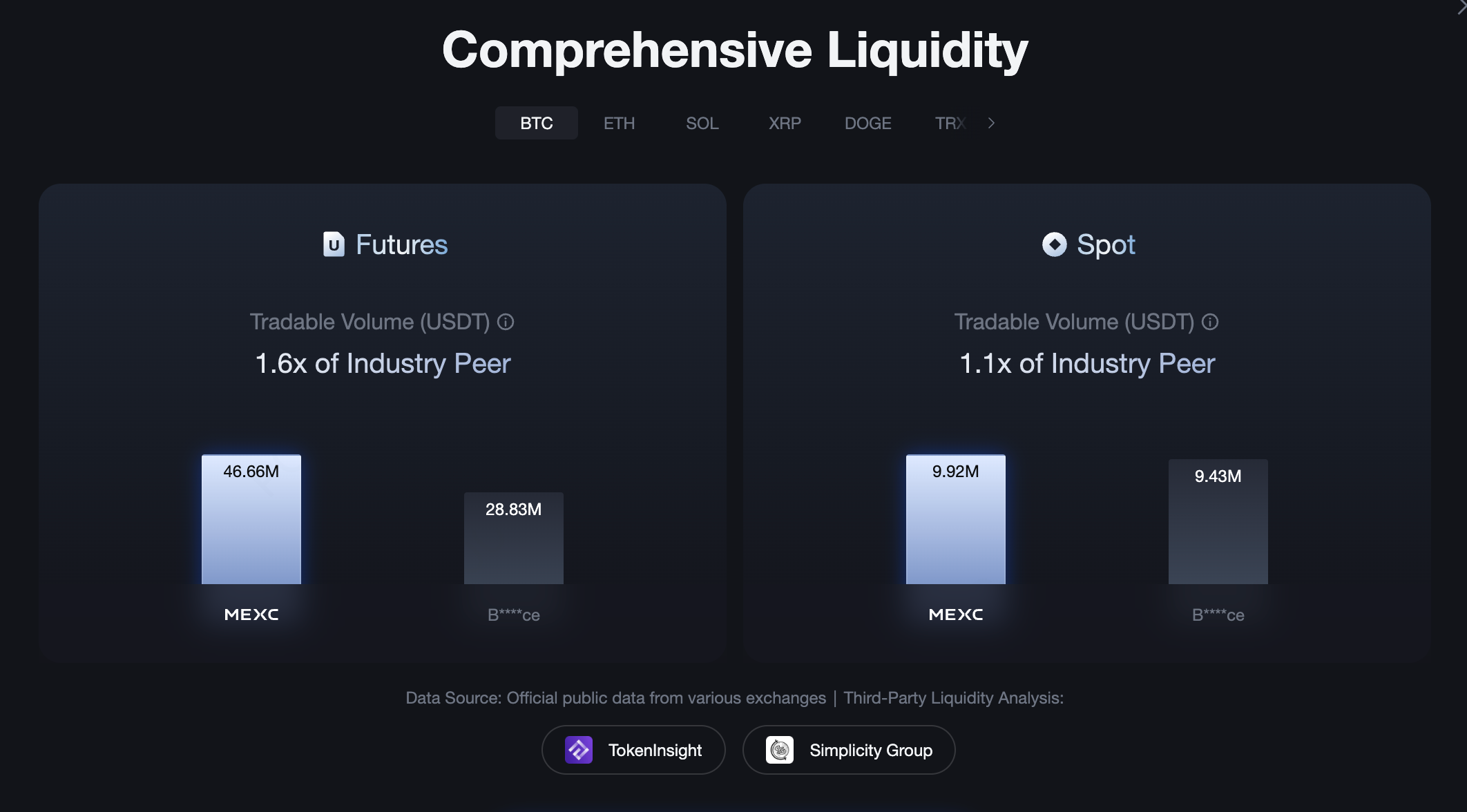
4. Perpetual Futures Trading Strategies: How to Use Them in Different Market Conditions
Trading Objective | Recommended Strategy | Futures Trading Tips |
Bullish Trend | Long Position, Hold | Use isolated margin with appropriate leverage, set take-profit/stop-loss based on MACD and support levels. Monitor funding rates for long-term positions. |
Bearish Market | Short Position | Enter quickly to capture downside. Use candlestick breakdowns or moving average death cross signals. Closely track funding rate changes to manage costs. |
High-Frequency Arbitrage | Exploit Minor Price Gaps, Liquidity Imbalances | Place limit orders in hedge mode with low-latency strategies. Optimize order prices precisely, best suited for advanced high-frequency traders. Control slippage and fee exposure. |
Range-Bound Market | T+0 Trading (Buy Low, Sell High) | Enter and exit positions near support/resistance levels in batches. Use volume and Bollinger Bands to improve entry accuracy. |
Swing Trading | Trend Following, Scaled Entry | Follow 4H or daily trends. Use EMA indicators to identify entry points. Apply layered scaling and trailing take-profit strategies. |
5. How to Trade Perpetual Futures on MEXC

6. FAQ: Everything You Want to Know About Perpetual Futures
Are perpetual futures suitable for beginners?
Will I incur a negative balance if my perpetual futures position is liquidated?
Will I always be charged a funding fee?
How can I avoid liquidation when trading futures?
7.How Can I Manage Risk in Perpetual Futures Trading?
- Liquidation from high leverage: Beginners should stick to leverage below 5x,
- Funding fees eating into profits: Long-term positions require careful evaluation of funding rate costs,
- Liquidation during extreme market conditions: Always set stop-losses to avoid emotional trading.
- Use isolated margin to limit the risk of each trade,
- Set take-profit and stop-loss levels to secure gains or control losses,
- Monitor funding rate fluctuations and consider entering at lower-cost times,
- Practice with Demo Trading to test strategies and gradually build systematic trading skills.
8.Conclusion: Perpetual Futures as an Advanced Tool for Crypto Traders
Popular Articles

How High Will Ethereum Go? Price Predictions for 2026-2030
Ethereum has evolved from an experimental blockchain into the backbone of decentralized finance, NFTs, and smart contracts. With ETH trading around $2,900 in December 2025, investors are asking: how h

MEXC Pre-Market Trading Guide: How to Trade Tokens Before Listing & FAQ
1. What Is Pre-Market Trading?Pre-Market Trading is an over-the-counter (OTC) service offered by MEXC. It gives traders the opportunity to buy and sell new tokens before they are officially listed on

How to Buy Ethereum (ETH) - Step-by-Step Guide for Beginners
Ethereum stands as the second-largest cryptocurrency by market capitalization, powering everything from decentralized finance platforms to NFT marketplaces.This guide breaks down how to buy Ethereum s
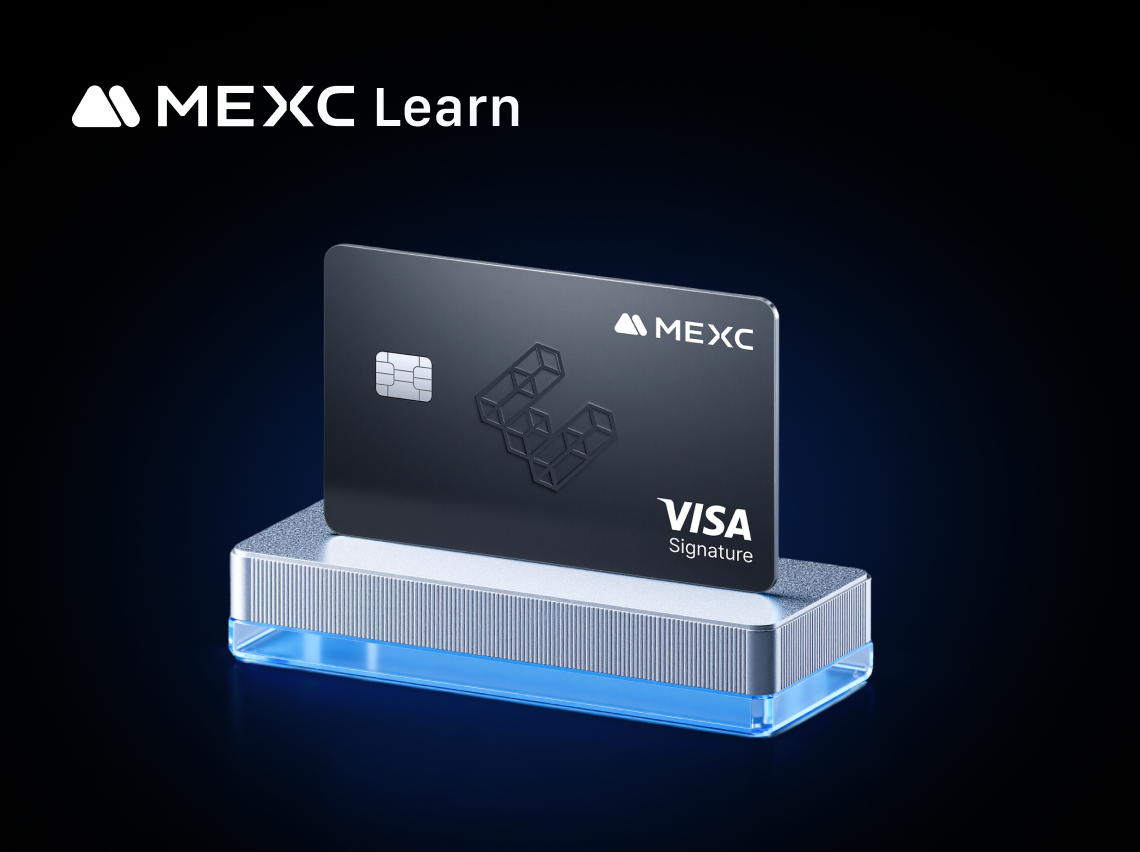
How to Apply for the MEXC × ether.fi Credit Card
MEXC is pleased to partner with ether.fi to launch the enhanced MEXC × ether.fi Credit Card, offering upgraded cashback rewards that go beyond the standard ether.fi Card.Spend globally with Apple Pay
Hot Crypto Updates
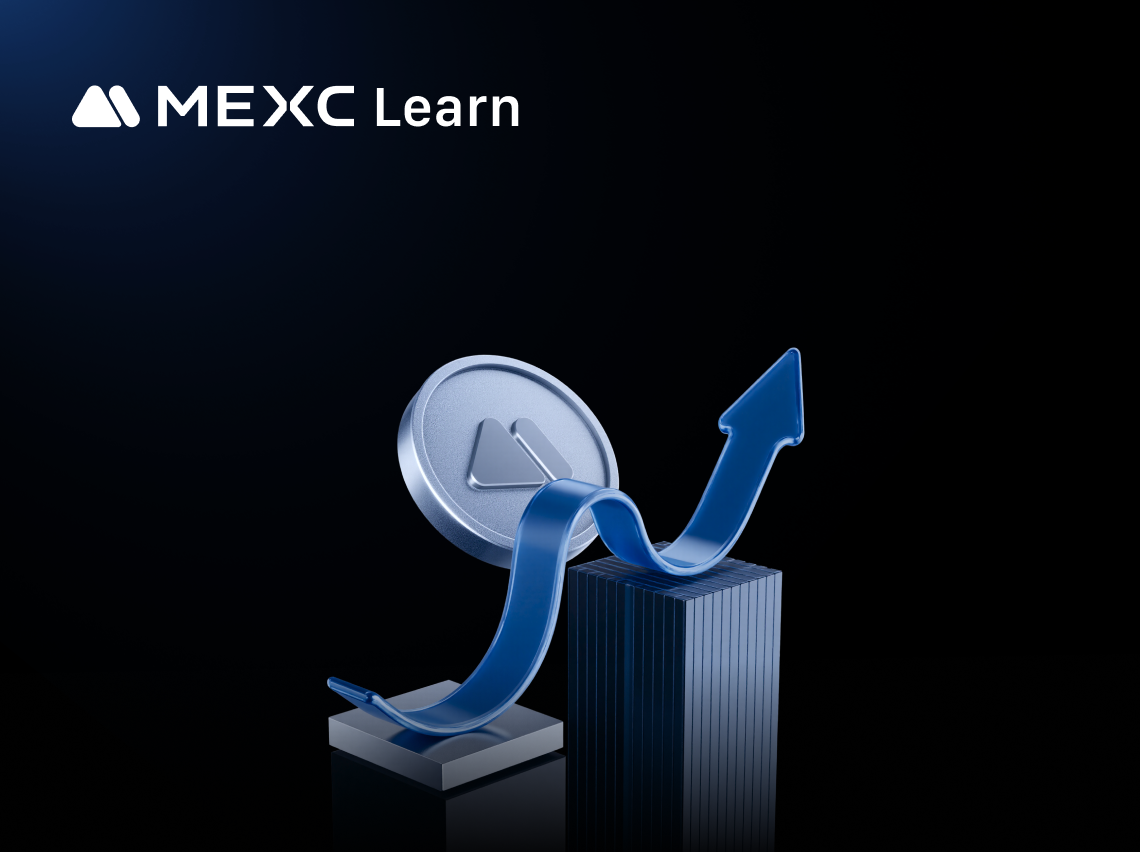
Snowball (SNOWBALL) Price Targets
Introduction to SNOWBALL Price TargetsCryptocurrency traders often rely on price targets for Snowball (SNOWBALL) to plan their trading strategies and gauge market sentiment. SNOWBALL price targets pro
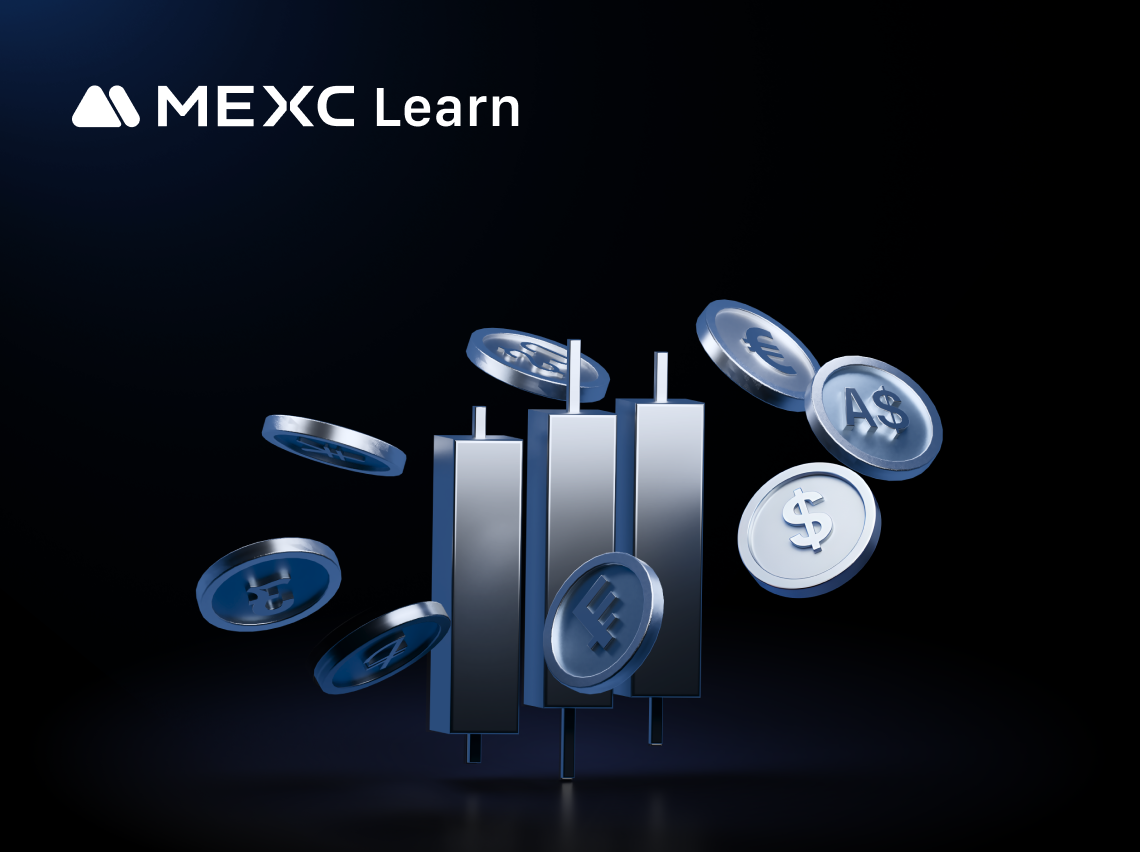
Snowball (SNOWBALL) Price Chart: Live Data & Technical Analysis
The live Snowball (SNOWBALL) price chart provides a dynamic view of market action, showing how traders and investors are positioning in real time. By studying cryptocurrency price charts, you can iden
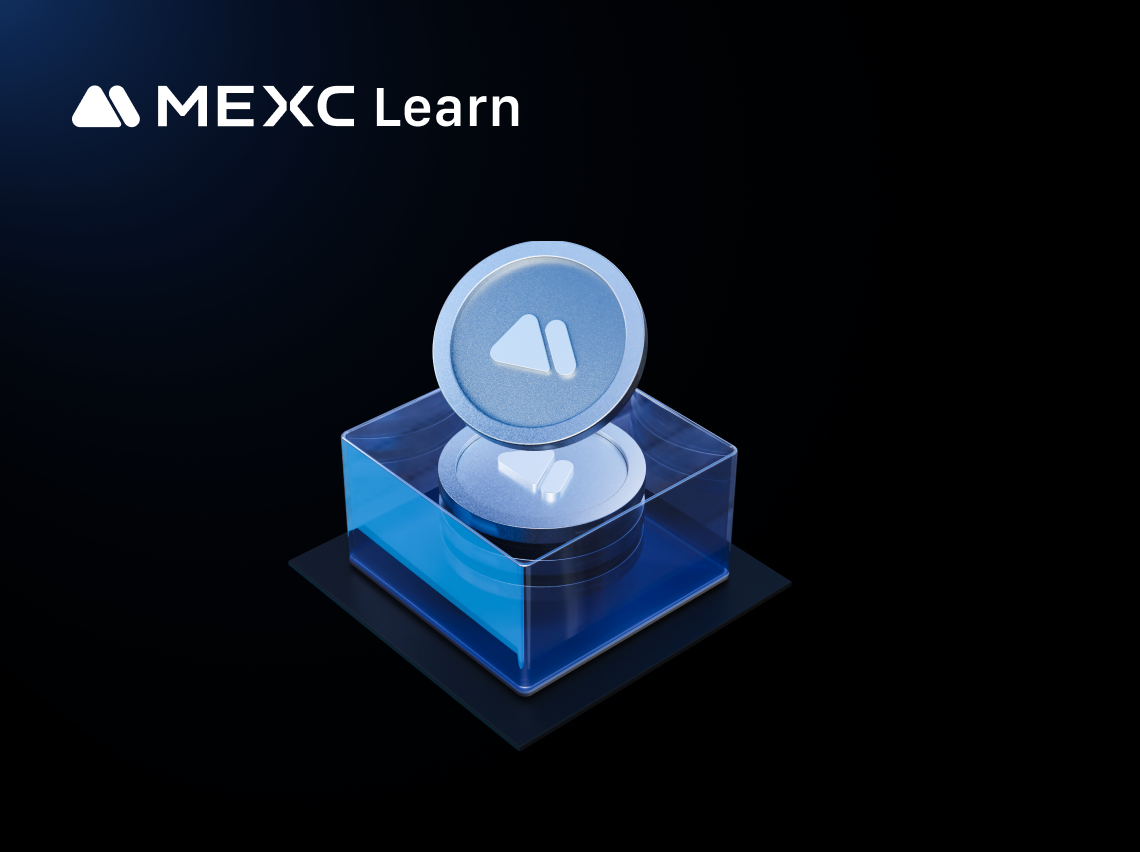
Snowball (SNOWBALL) vs Ethereum (ETH) Price
The Snowball (SNOWBALL) price compared with the Ethereum (ETH) price offers a valuable perspective for crypto traders and investors seeking to understand digital asset dynamics. Since ETH is the secon
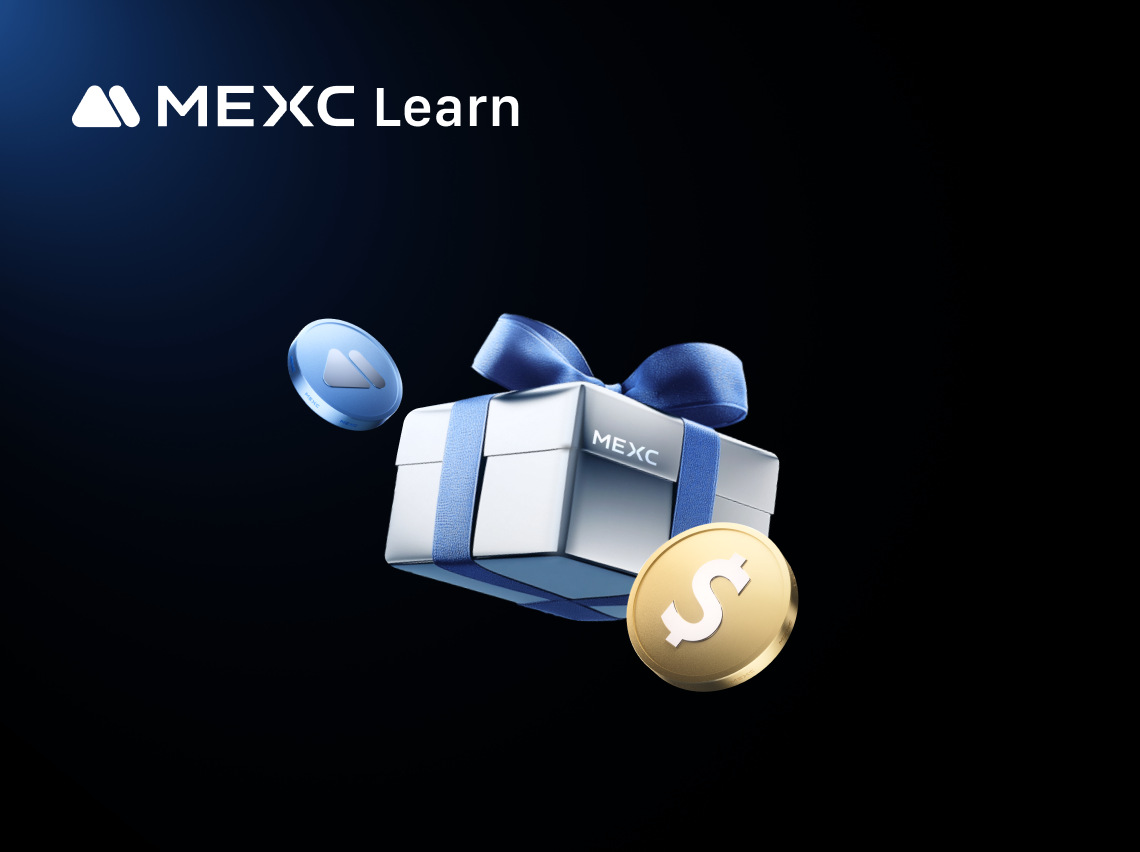
Snowball (SNOWBALL) Long-Term Price Prediction
Introduction to Snowball Long-Term Price PredictionWhen it comes to crypto investments, long-term outlooks often provide deeper insight than short-term speculation. Long-term price predictions for Sno
Trending News

New Gold Protocol's NGP token was exploited and attacked, resulting in a loss of approximately $2 million.
PANews reported on September 18th that according to Paidun monitoring, New Gold Protocol's NGP token was exploited in an attack, resulting in a loss of approximately $2 million. The NGP token plummete
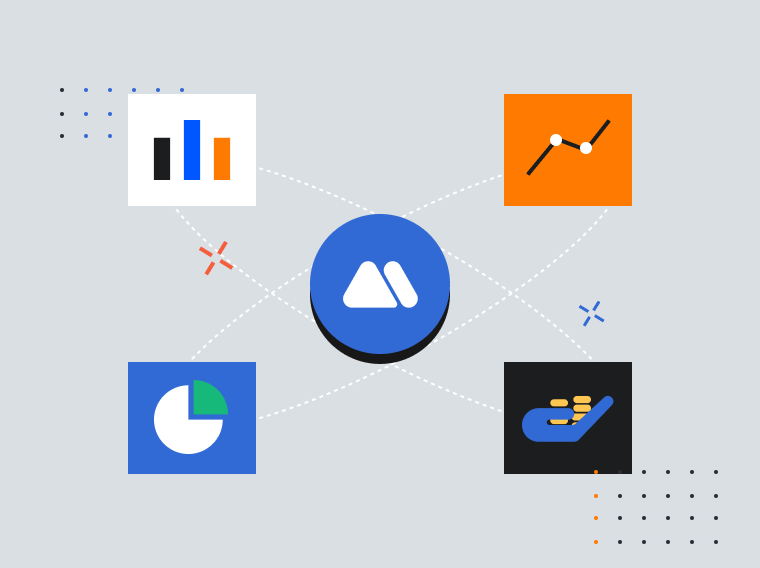
The Real Cost of AI? Beyond Originality, It’s Human Identity
How global thought leader Dr. Tae Yun Kim is redefining human agency, expertise, & purpose in the AI era MEDFORD, Ore., Dec. 22, 2025 /PRNewswire/ — Artificial
![Which 10 Meme Coins Will Reach $1 in 2026? [Updated as of Dec 2025]](https://static.mocortech.com/mxc-web-community/static/images/learn/default-thumbnail-4-3.png)
Which 10 Meme Coins Will Reach $1 in 2026? [Updated as of Dec 2025]
Every crypto market cycle brings its own surprises, but meme tokens continue to shock the market with wild moves, huge communities, and unpredictable growth stories

Why DEX Trades Fail Even When You Have Gas Fees
Why DEX Trades Fail Even When You Have Gas Fees You approved the transaction. You paid the gas fee. And yet… the trade failed. For anyone naviga
Related Articles
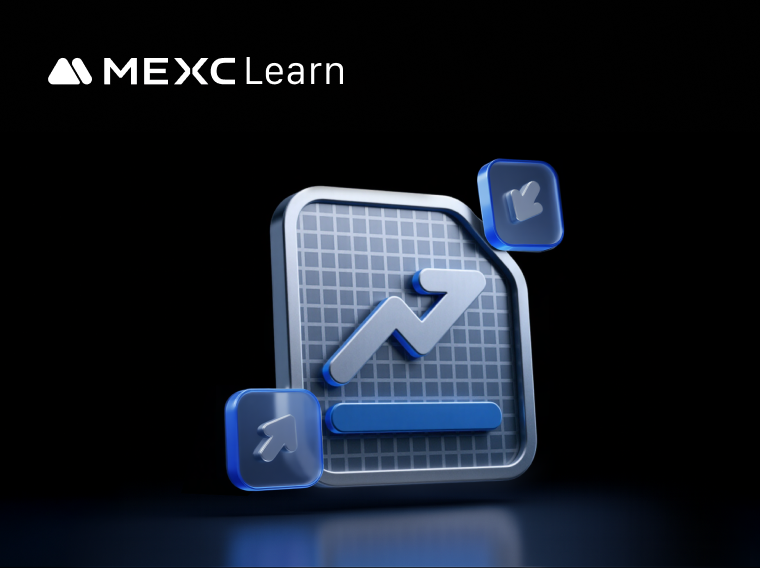
What Are Prediction Futures?
Cryptocurrency futures trading attracts countless investors with its high leverage and the ability to profit in both rising and falling markets. However, its complex mechanisms such as margin, leverag
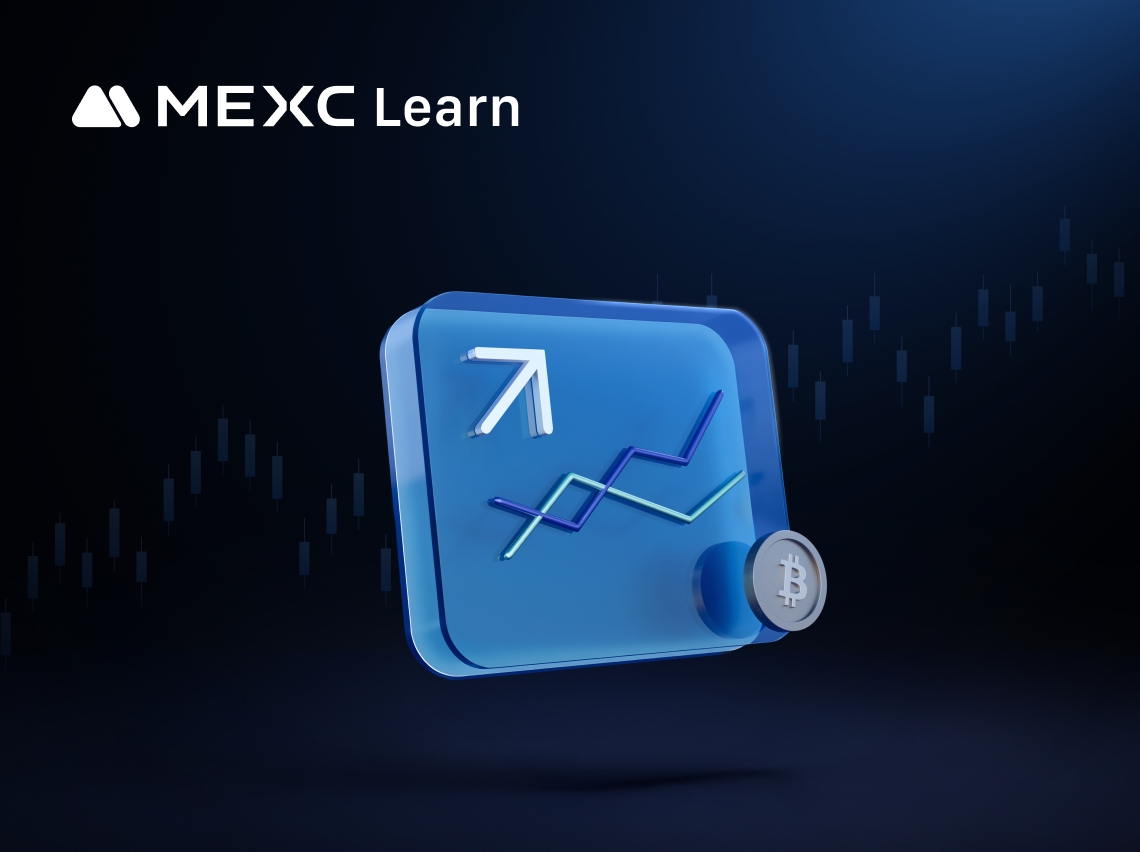
Calculation of Futures Yield and Trading Fees
When trading futures on MEXC or other major exchanges, your trading PNL is based on three components:Trading Fees: The cost incurred during the transaction.Funding Fees: Periodic settlements based on
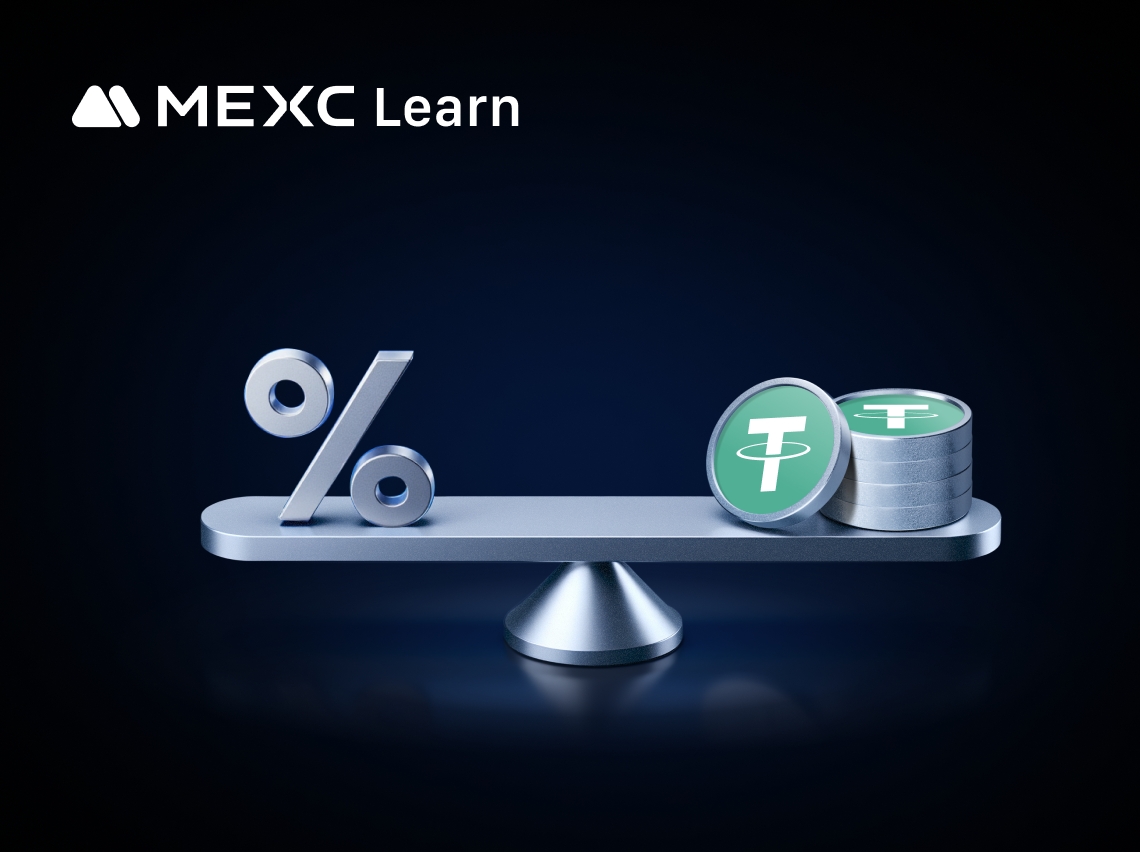
MEXC Fees Explained: Complete Trading, Futures & Withdrawal Fees Guide
Whether you are an experienced cryptocurrency trader or just getting started, understanding trading fees is essential to navigating the market and improving your trading experience. MEXC, a leading gl
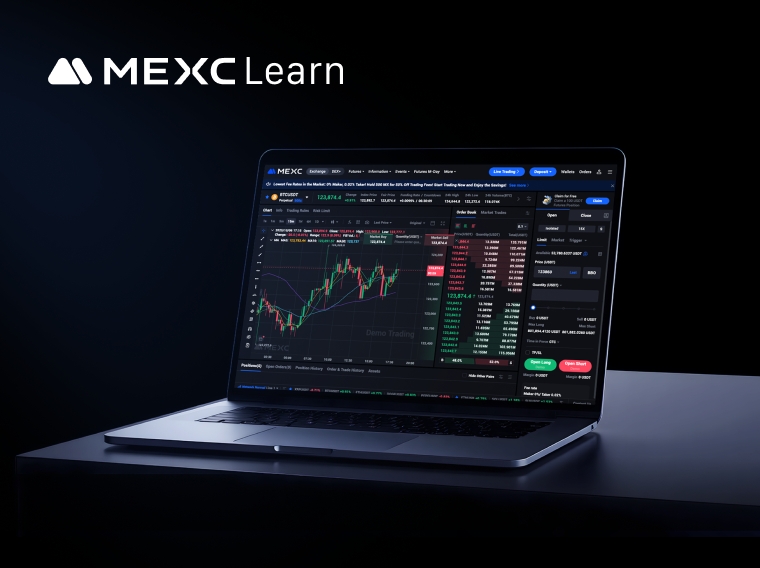
How to Use Demo Trading on MEXC Futures
In cryptocurrency futures trading, developing skills and strategies often comes at the cost of real capital. Many beginners enter the live market without sufficient preparation and face significant lo
